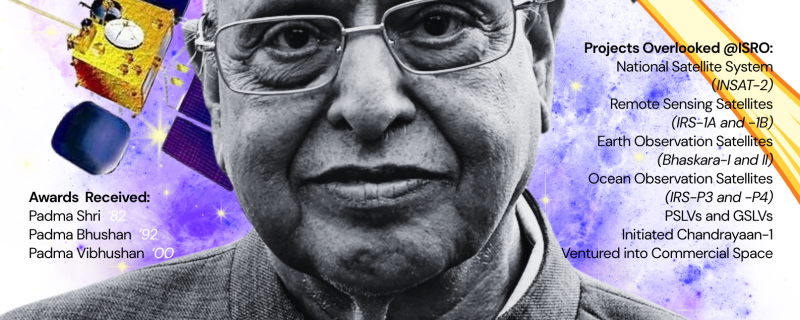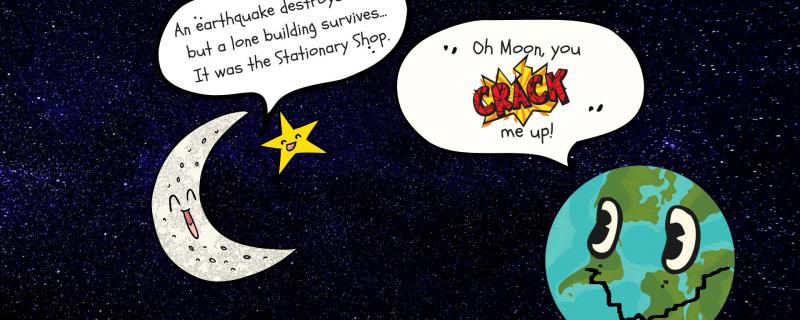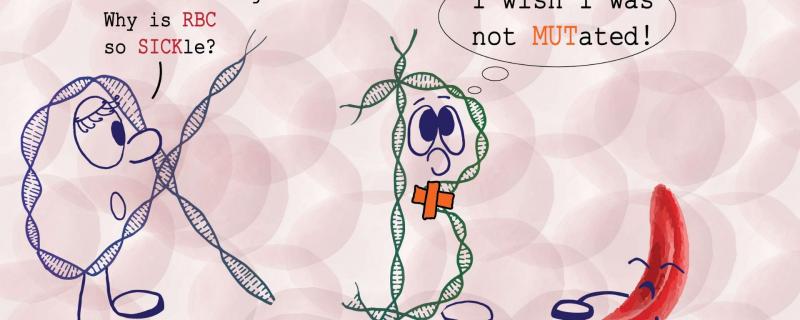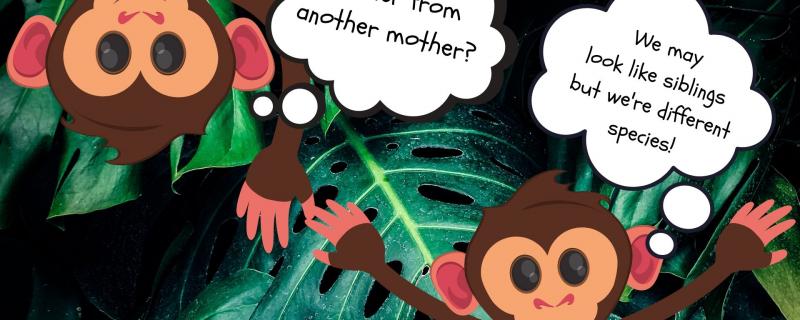This World Migratory Bird Day, learn about some of the annual avian visitors to India. In keeping with the theme of 2025 --Creating Bird-Friendly Cities & Communities--let us work to make our ecosystems more welcoming. In recent years, many migratory bird species have given India a miss due to shrinking habitats and worsening pollution. Now is the time to act and make our neighbourhoods livable for our annual visitors and everyone.
New research reveals that cultural tolerance and political pressure, rather than just biological science, dictate the life or death of tigers in India and wolves in Germany.
Dehradun/










